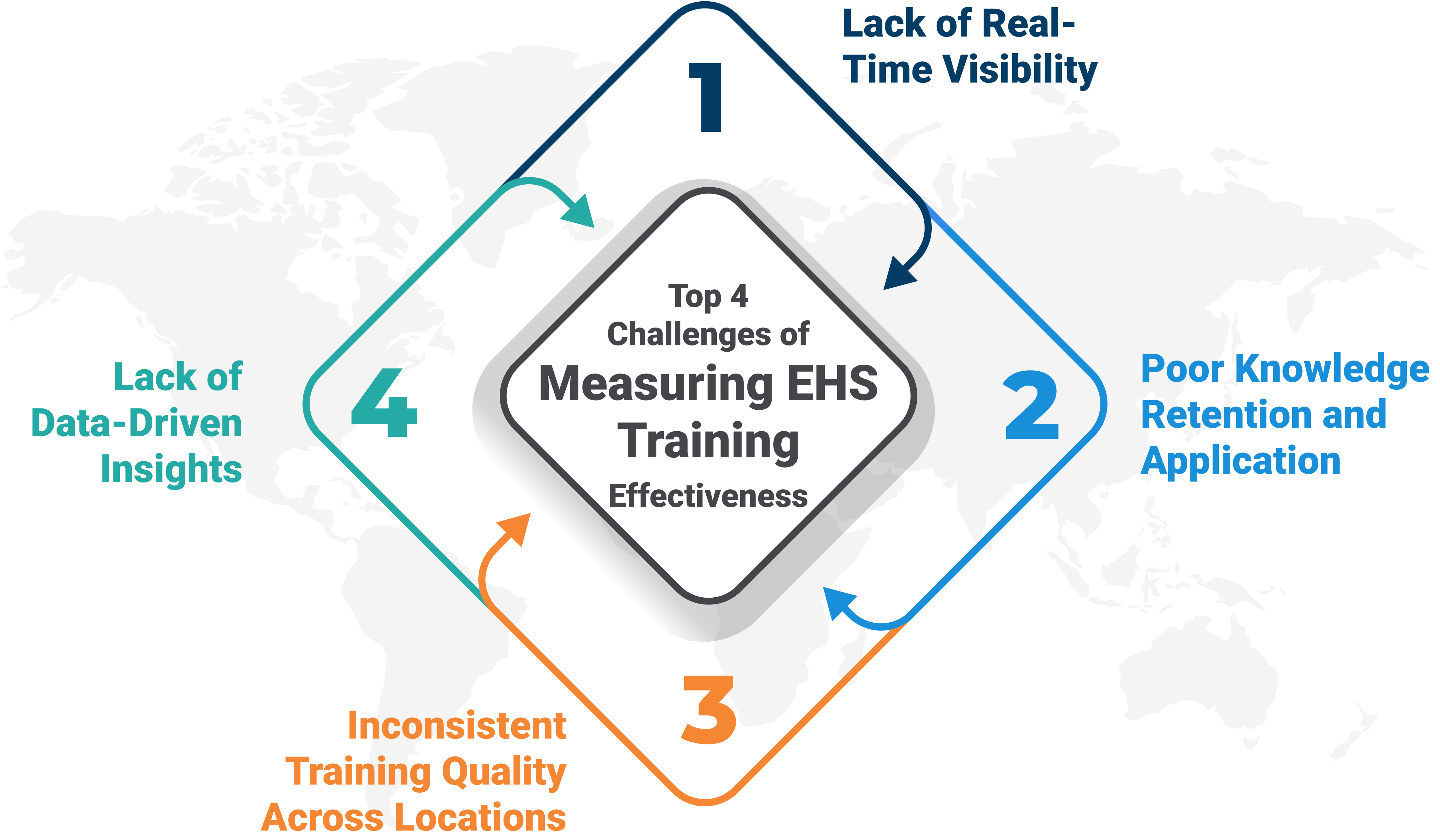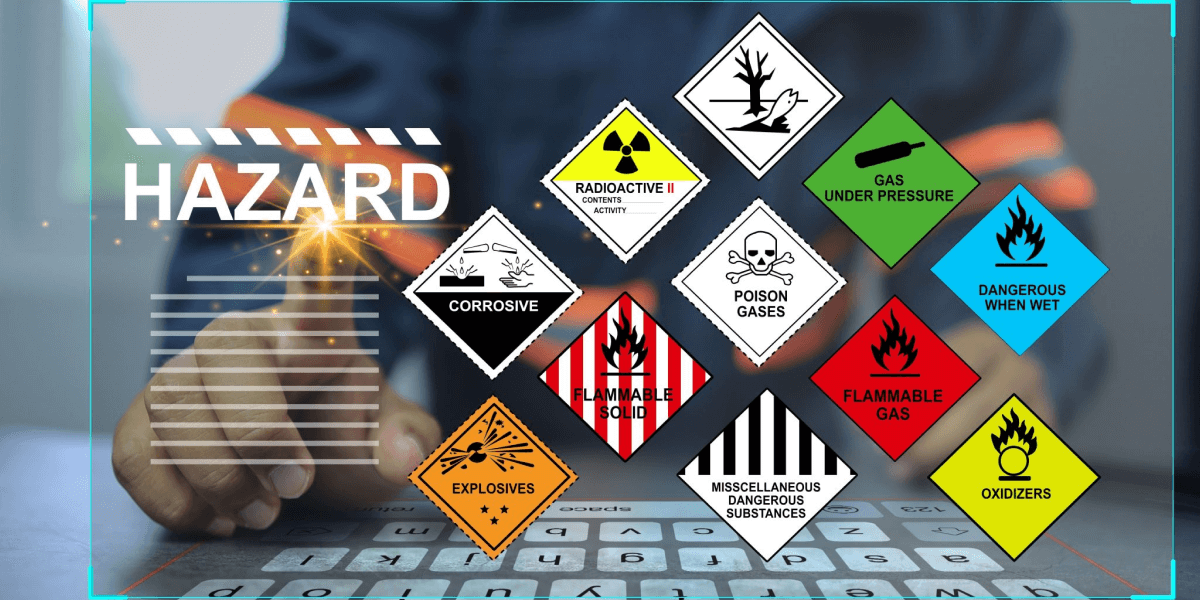
Table of Contents
Introduction
Ensuring worker safety is constantly challenging for companies in high-risk sectors like manufacturing, construction, and oil & gas. You may have the best EHS training programs in place, but how can you be sure they’re actually working?
The National Safety Council reports that inadequate safety training contributes to hundreds of workplace accidents yearly, costing companies billions in productivity losses, compensation, and legal fees.
Learning Management Systems (LMS) with AI capabilities can help with it. These platforms measure the effectiveness of training in creating safer workplaces and tracking course completion.
First, we explore the key challenges businesses face when assessing EHS training, and then we discuss how AI and LMS can offer practical solutions.
The Role of LMS and AI in Enhancing EHS Training
AI and LMS platforms help organizations close the gap between training completion and real-world application. These technologies provide real-time, dynamic solutions to enhance safety performance.
Predictive Analytics for Risk Management
AI systems analyze large volumes of safety data. Moreover, it spots patterns and anticipates possible events. This proactive approach helps organizations tackle issues before they become more serious.
Example: Suppose a petrochemical facility tracks employee behavior using AI-driven predictive analytics. Early warning alerts revealed an increase in non-compliance events. Thus, management prevented accidents by intervening with focused training.
Personalized Learning Paths
Every worker has different learning requirements. AI customizes training plans according to a worker’s learning style, areas for growth, and prior performance.
Example: Imagine a pharmaceutical corporation uses AI-based adaptive learning. It provides training specifically tailored for lab personnel. By identifying problem areas, the platform offers technicians interactive simulations and other resources. Lab-related incidents decreased, and completion rates increased by 30%.
Continuous Training Evaluation
AI-driven LMS systems continuously assess training initiatives. The system uses information from safety audits, incident reports, and near-misses to suggest changes and improve training materials.
Example: Imagine a mining firm shows a spike in equipment-related events. The system recommends adding realistic 3D simulations to the heavy machinery operation module. Within six months, incident rates decrease significantly.
So, we’ve explored the significant challenges companies face in assessing EHS training. AI-powered LMS platforms provide practical solutions to overcome these issues. These systems transform training from a mundane activity into a practical safety management approach, including real-time visibility, predictive analytics, and tailored learning.
However, it doesn’t stop here. Imagine the assurance of knowing that your workers are truly equipped to handle any safety issue. Imagine a workplace where safety is ingrained, and fewer incidents and compliance problems occur.
That’s the difference AI and LMS platforms can make. Ready to experience it for yourself?
Conclusion
Leadership dedication, practical application, and ongoing training are necessary to create a strong safety culture. To improve hazard awareness and readiness, organizations need to go beyond conventional approaches and implement interactive learning tools like 3D simulations, AI-powered predictive analytics, and VR-based immersive training. To ensure that workers actively participate in safety programs and properly use their training, employee engagement and leadership involvement are essential.
Furthermore, interactive training programs and real-time monitoring assist firms in staying ahead of emerging risks. Such programs foster a work environment where safety is ingrained in everyday operations, lowering incidents. They also boost employee confidence for sustained performance.




